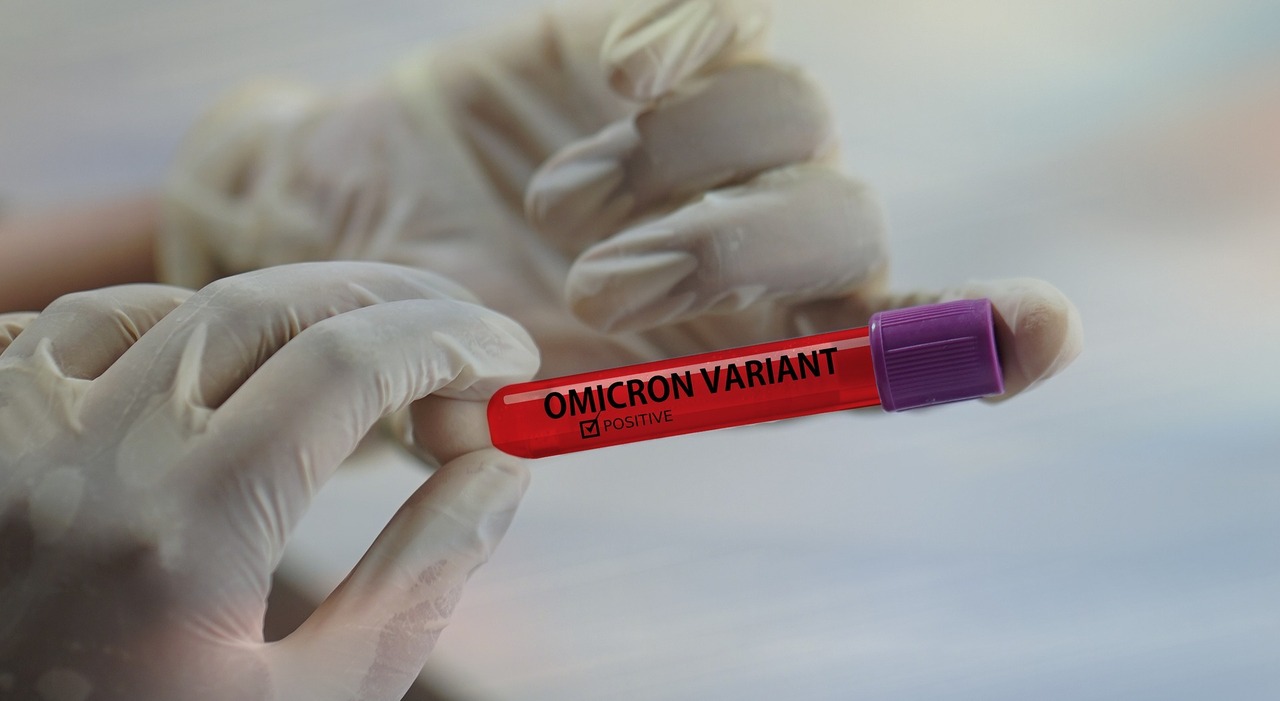From 24 August last year until 9 March 2022 there were 299,837 in Italy cases of reinfection for Covid-19 (3.1% of the total number of cases notified). So, three out of every 100 have had to deal with the disease again. This photograph, which emerges from the extended ISS report, points out that there is the possibility of being able to get back a disease caused by virus Sars Cov-2 .
Covid, the healed have eliminated for 16 months (but shorter duration for the asymptomatic)
Covid: who is at greatest risk of a new infection?
The analysis of the risk of reinfection starting from 6 December 2021 (date considered reference for the start of the diffusion of the Omicron variant), highlights an increase in relative risk in some categories of people: who had their first Covid diagnosis in more than 210 days those vaccinated with at least one dose for more than 120 days, females than males . The risk in female subjects, according to the ISS, may be “probably due” to the greater presence of women in the school where an intense screening activity is carried out and to the fact that women more often perform the role of caregiver in family environment.
In addition, the greater risk of reinfection has been noted in people between 12 and 49 years old. “Probably the greater risk of reinfection in the younger age groups is attributable to higher risk behaviors and exposures, compared to the over-60 age groups”, reads the report. The same situation was noted by comparing health workers to the rest of the population.
Who risks the most
Hence, the risk of reinfection mainly depends on the behaviors of individuals: failure to use personal protective equipment and greater presence in places and areas at risk of contagion can increase the probability of being infected.
According to a survey conducted by the British National Statistical Office (Ons), with Omicron the risk of reinfection is 10 times greater than with the Delta variant . Experts have stylized the reinfections that occurred in the Kingdom between June 2020 and March 20, 2022. found that between December 20, 2021 and March 20, 2022 – when the Omicron variant became dominant – the risk of reinfection was 10 times higher at the time. in which Delta was dominant, roughly from mid-May 2021 to December 19.
